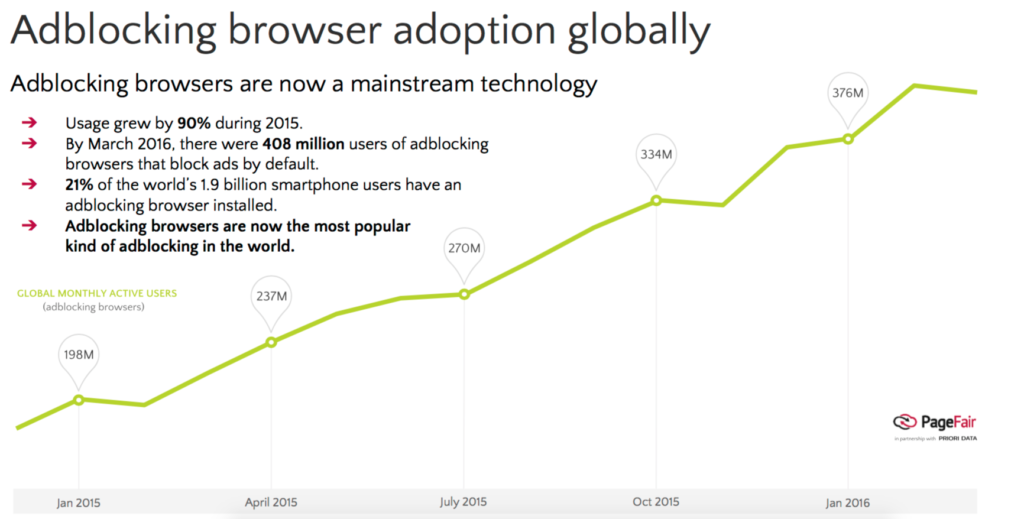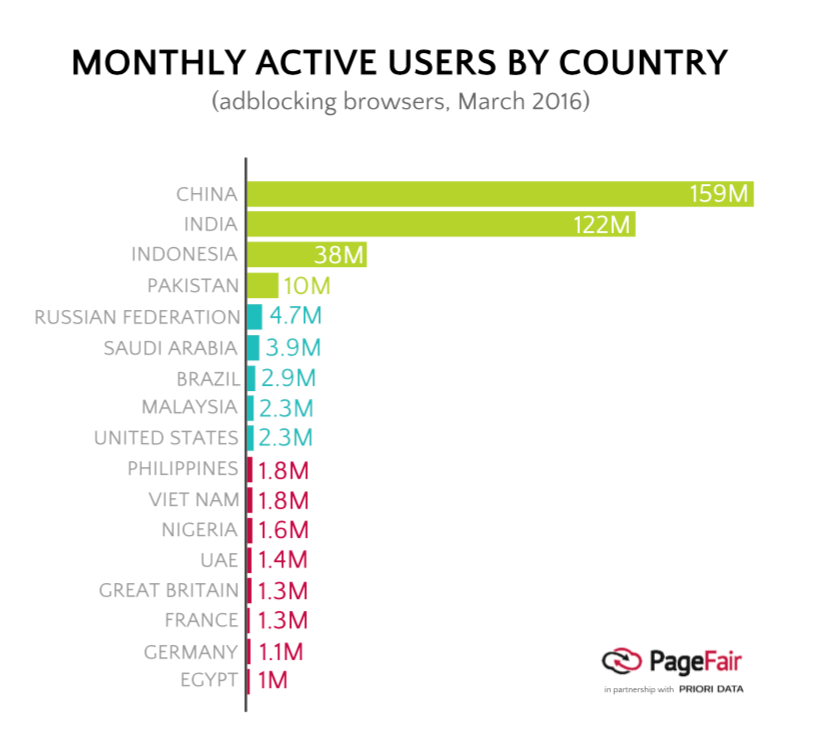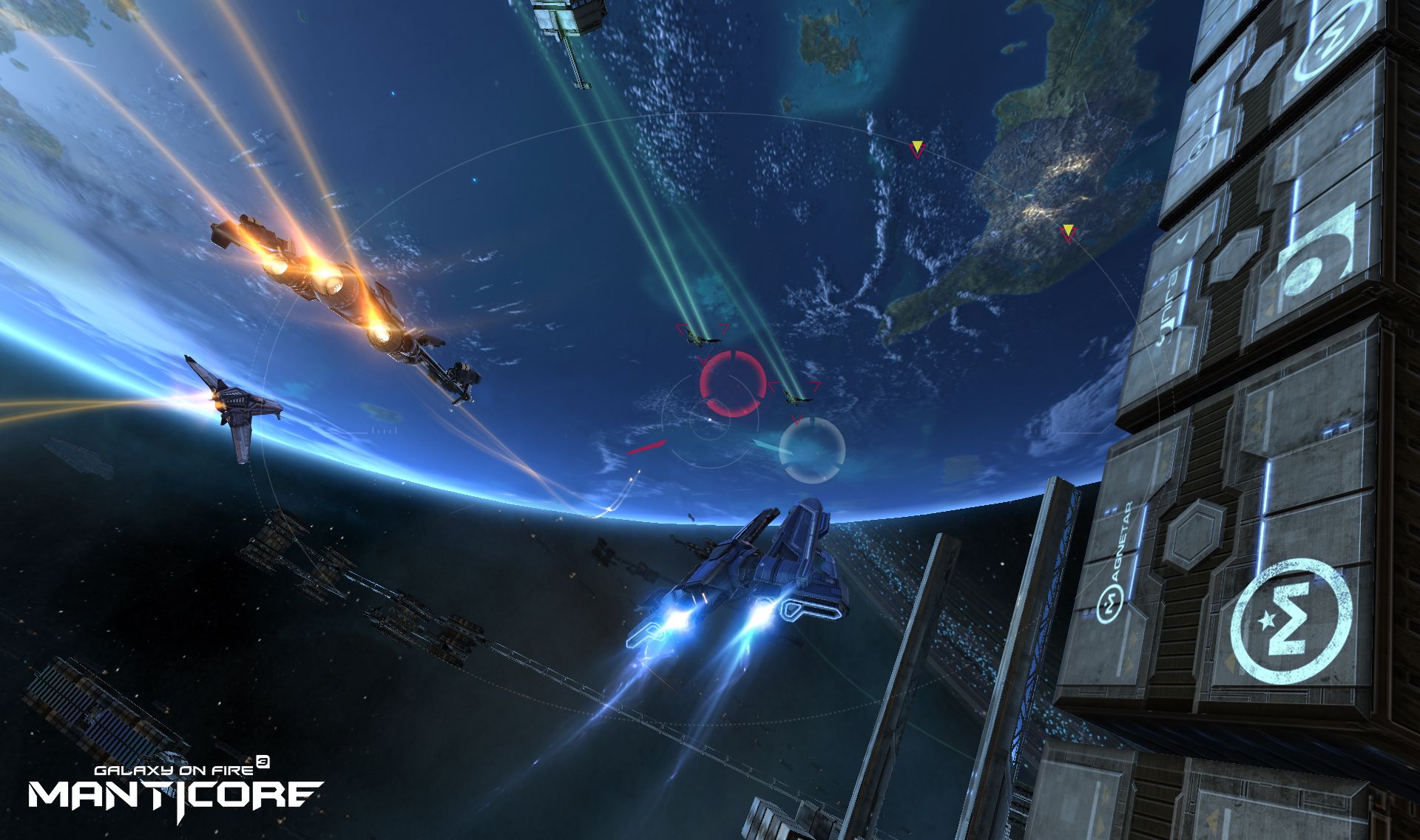WorldViz has been working with enterprise businesses for the past decade on “warehouse-scale” motion tracking in virtual reality. This June, the company is adding Epic Games’ Unreal Engine 4 and Unity Technologies’ Unity 5 support to its Precision Position Tracking (PPT) system, which opens up support for Oculus Rift, HTC Vive, PlayStation VR, Samsung Gear VR and Google’s Daydream VR.
The technology tracks up to 10 people or objects simultaneously across spaces measuring more than 50 x 50 meters with real-time, sub-millimeter accuracy. High-precision cameras that capture position data and lightweight sensors can be affixed to headsets such as the Oculus Rift, HTC Vive, Samsung Gear VR, and Daydream VR, or objects such as robots, while a sensor wand tracks hands.
WorldViz is currently working with 1,500 Fortune 500 companies in the VR space, including research, architectural and real estate walk-throughs, large-scale product and construction design reviews (e.g. planes, cars, interior building spaces, etc) and training applications.
Peter Schlueer, president and co-founder of WorldViz, explains how this technology is already transforming the business and enterprise sectors in this exclusive interview.
What opportunities have you seen for businesses in virtual reality over the years?
WorldViz has been working with B2B VR for Fortune 500 companies since 2002, long before the current headsets, input devices and software came around. We’ve found that VR can bring significant value to businesses in the areas of industrial, engineering and architectural design, industrial training, high-end sports training, as well as product and events marketing, just to name a few.
What impact have new consumer VR headsets had on businesses exploring VR?
Goldman Sachs recently reported that the VR market will grow significantly in the next five years, with two-thirds of that growth happening in the enterprise and public sectors. That growth is due in large part to the consumer VR headsets. In other words, the unprecedented hype around consumer VR is beginning to make it clear to businesses that VR is the next-generation computing platform. VR will transform every single industry in one way or another. Businesses at the forefront of innovation have made the leap already and have started internal VR departments. We’ve been helping those departments create and deploy a range of VR applications, and we see that demand growing.
How do you see Google’s Daydream impacting the business VR world once it launches?
With Daydream, Google is admitting Cardboard for what it is and going full-bore into the world of compelling VR hardware. But more importantly, Daydream launches an ecosystem that opens the doors for smartphone vendors and application builders to provide serious mobile VR apps.
What do video game engines like Unreal Engine 4 and Unity 5 open up for businesses exploring VR?
Unreal and Unity are especially useful when the demand for graphics quality and dynamic lighting are high. For example, in automotive or architectural design review or marketing presentations, where photorealism can make all the difference, Unreal and Unity can play a very important role.
How have you worked with Epic Games and Unity Technologies on this project?
Both Epic and Unity have been very supportive of bringing our precision-tracking system to their customers. For instance, we’re working closely with Epic’s team of ensure that the plug-in is as easy to use as possible. Both Unreal and Unity are excellent choices for developers and we look forward to helping our customers make the right choices for their specific requirements.
What does your wide-area motion-tracking open up for business and enterprise clients?
Often with industry, one is dealing with large objects, such as cars, or airplanes, or architectural spaces. Being able to walk in VR is huge because it empowers multi-user collaboration with a 1:1 scale movement. Imagine our client Lockheed Martin doing a full-scale aircraft prototype review, or our client Siemens taking clients through design alternatives of a train car interior. Being able to naturally walk through and around large objects creates a whole new sense of presence and realism.
What are some examples of how companies are using this technology today?
Our client Turner Construction is displacing physical mock-ups with virtual mock-ups in the hospital design process, saving 90 percent in mock-up costs. As The Center for Health Design found in a study: “With WorldViz tech including PPT wide-area tracking, they are immersing physicians, nurses and hospital administrators in a virtual operating theater, letting them walk around in various design alternatives at full-scale. The user can add, move or delete objects and design features such as flooring or walling in real-time. This brings decision making power straight to the people who need it very early in the design process.”
Our client Premursa uses our VR technologies to service Paramount Pictures theme park designs. Premursa has reliably demonstrated that immersive design reviews save their clients money, speed project timelines and improve decision-making. Since our technology is flexible and portable, Premursa can pack up the client presentation system and take it to a remote location anywhere in the world to give hands-on, compelling demonstrations to potential partners and customers.
ASML, the maker of advanced microlithography systems, uses our wide-area VR technology for training engineers on maintenance procedures. ASML installations are typically unique per site, highly complex and often warehouse-scale. Maintenance operators must be highly trained to avoid costly damage to the delicate machinery. Prior to embracing virtualized training methods, ASML customers would incur high costs while shutting down production to accommodate in situ training needs. With our VR technology, virtual in situ training is now equally effective for much of the requirements and provides high value to the end clients.
Based on how quickly VR has evolved of late, what role do you see VR playing for businesses over the next five years?
While we agree that VR will be the next-generation computing platform, it’ll mostly impact businesses by becoming the next-generation communication platform. The question is not if VR can improve communication, speed decision-making and enhance teamwork, rather—the question is how soon. The recent consumerization of the displays are accelerating this schedule and widening its adoption, and we’re confident we’ll see significant use of VR as a core communication method in business within five years.
What are the advantages of using VR technology for business over AR technology?
AR and VR are a continuum, and we’ve provided solutions across this continuum over the course of our business. But to answer the question more directly, a chief advantage of AR is retained situational awareness, meaning it doesn’t block all visual and auditory cues of the real environment as can happen with VR. This is important because in business it’s sometimes more efficient to balance between the use of real humans and real props and virtual, digital assets. AR can sometimes achieve that balance best, though not without high technical hurdles.






